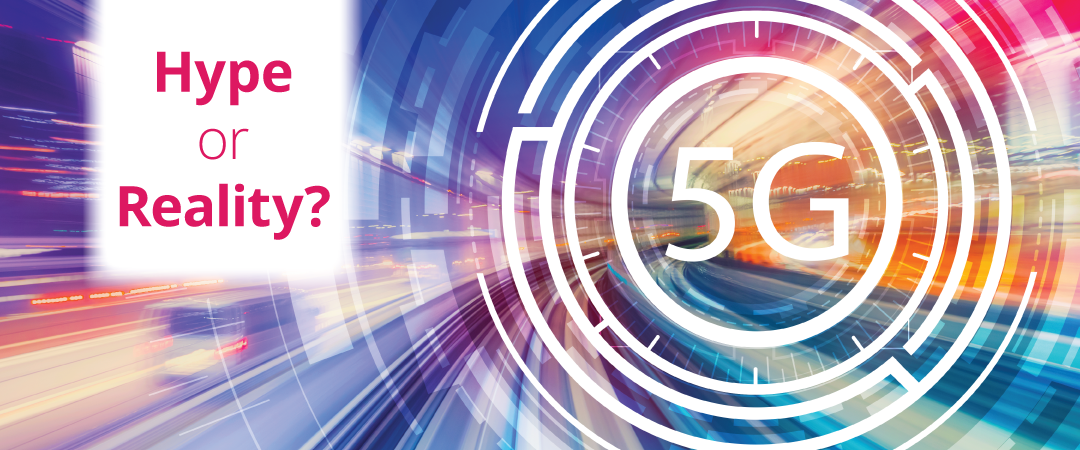5G: Hype or Reality?
The Super Bowl is the biggest U.S. sporting event of the year, but it’s also the biggest advertising event. This year, Verizon and T-Mobile launched their 5G offerings at the Super Bowl. While Verizon explained 5G capabilities, T-Mobile joked about a nation-wide 5G network.
With other carriers (AT&T and Sprint) being absent, the takeaway is that U.S. 5G rollouts are underwhelming and there is no point investing in 5G devices at this point.
5G promises
It’s believed that 5G will be a huge boost for the economy — bigger even than 4G LTE and the mobile app economy that it enabled 10 years ago. Yes, 10 years ago. It takes time to achieve availability and maturity, and the cellular cycle we observe is about 10 years. Countries around the world are competing for 5G global leadership. In order to deliver on promises, massive amounts of new radio spectrum (5G NR) must be allocated. For example, the FCC is pursuing a comprehensive strategy to Facilitate America's Superiority in 5G Technology (the 5G FAST Plan).
What do you get with 5G?
The answer is that it really depends on the spectrum used. It may get too technical for the typical consumer at this point, but for IT professionals this knowledge is essential.
They are three different radio frequency (RF) spectrum ranges that could be used, and every range has different advantages and disadvantages.
Low-band, sometimes called Sub-1GHz band, is the band formerly used for television broadcast but now primarily used for 3G and LTE in the U.S. This low-band spectrum affords a very wide coverage area with good building penetration, but data rates peak right around 100Mbps, which is not a noticeable improvement over current LTE-Advanced networks.
Mid-band spectrum (1GHz to 6GHz) is very appealing for 5G use, largely based on RF physics. It provides faster throughput and lower latency than low-band spectrum, combined with good-enough geographic coverage. Mid-band transmissions are not advantageous where significant building penetration is required, but otherwise can deliver peak speeds of 1Gbps.
High-band spectrum, also called mmWave, is what people have in mind when they talk about 5G. It enables very high data rates (10+Gbps) and low latency. However, its geographical coverage area is extremely limited, and building penetration is very poor.
There is another challenge to mmWave that telecommunication companies are trying hard to overcome: both the cellular base station and the mobile device must use new antenna technology capable of dynamically steering and forming the radio beam to and from the cell tower. Carrier upgrades will include building small cells — low-power base stations that cover small areas. Building many of these will help expand coverage, but it’s time consuming and there is still no major solution for dealing with mmWave’s poor building penetration.
So, what is the state of 5G?
AT&T confused the market last year with its “5Ge” marketing. When it comes to “real 5G,” AT&T and T-Mobile have begun deploying low-band spectrum; Sprint, which owns most of the mid-band frequencies, is deploying mid-band, and Verizon is sticking to high-band 5G.
Now we need someone, really anyone, to explain what we are really getting and when. 5G is not here yet, and the wait will be much longer than the 5G players’ marketing departments want you to know.
To learn how you can enable ultra-reliable and low-latency wireless communication for mission-critical applications, please contact info@lileesystems.com.
